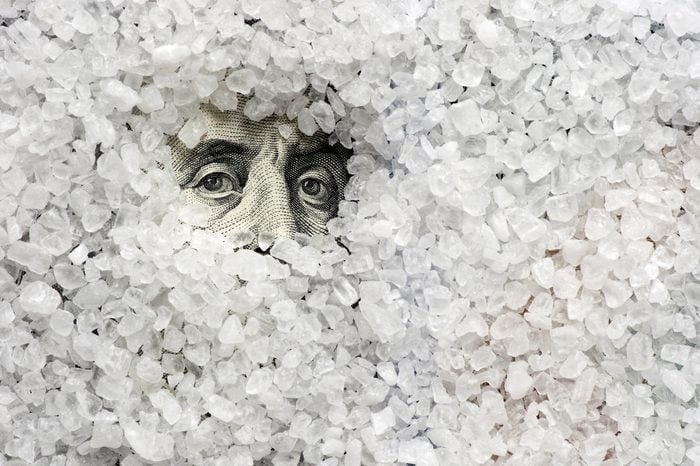
It used to be used as money
Salt was so valuable in ancient Rome that soldiers were sometimes paid with it. In fact, the word “salary” comes from the Latin word sal, for salt. When a soldier was doing a lousy job, his paycheck might be cut, which is how we got the expression “not worth his salt.”

Salt can still be valuable today
Amethyst Bamboo 9x salt, which rings up at $398 a pound, may be the most expensive in the world. This pricey stuff takes a lot of time to produce—it’s roasted nine times inside a bamboo pole at temperatures exceeding 1,400 degrees Fahrenheit. One store says the resulting delicacy “smells like something dragons use to season their victims before eating them.” Check out these foods that have way more salt than you realized.
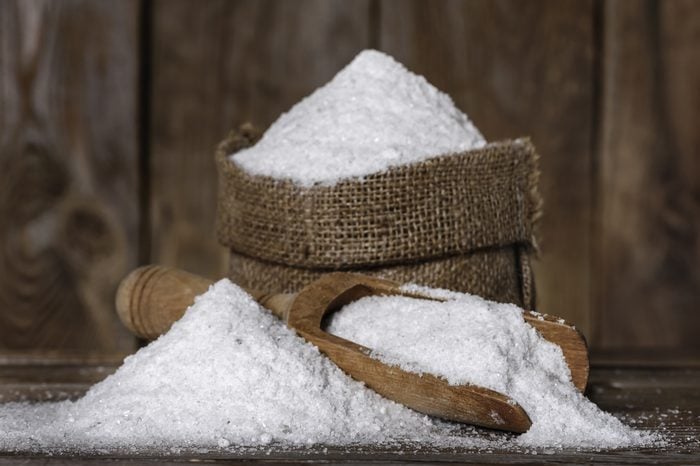
It was a big import
Historically, salt’s value came from its ability to preserve food. Venice, Italy may be famous for its canals now, but salt imports fueled its rise as an influential trade power by the end of the 13th century.
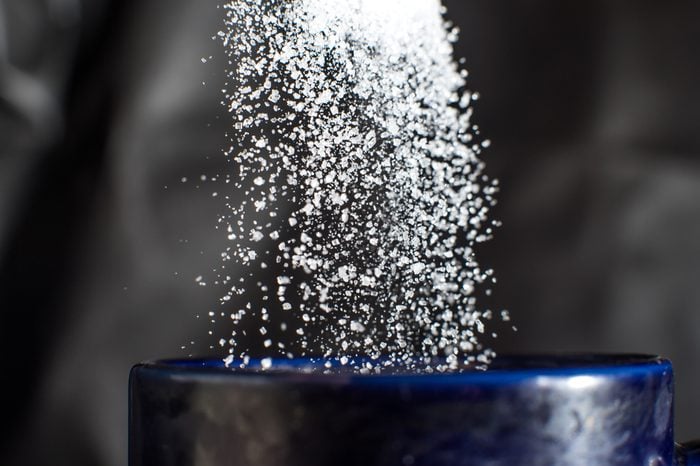
Salt also took on a great deal of symbolic value
There’s a reason it is mentioned so many times in the Bible (“salt of the earth,” “a pillar of salt,” “a covenant of salt”). Its preservative properties made it an apt metaphor for permanence and conviction.
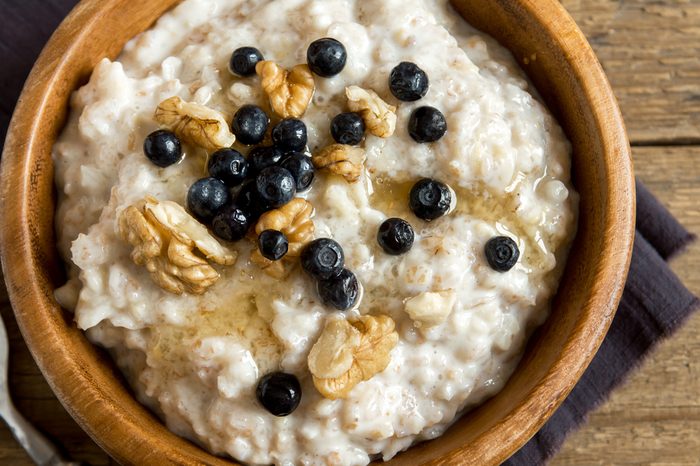
Cutting it out isn’t easy
Most people know about the health risks associated with sodium, but reducing your intake isn’t always easy. Here are some facts about salt to put things in perspective. More than 75 percent of the sodium Americans eat comes from processed foods; bread, cured meats, and canned soup top the list. Even foods that don’t taste salty may contain it. Instant oatmeal with maple and brown sugar, for instance, contains 170 milligrams of sodium per ounce—a little more than a small bag of potato chips. Here are some great snacks to eat if you’re trying to cut back on sodium.
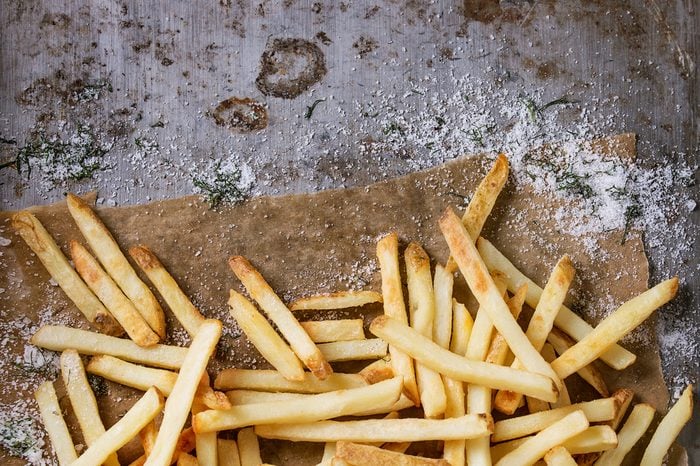
Even French fries aren’t necessarily the biggest culprit
How’s this for unexpected facts about salt? A 2012 study that examined sodium levels of fast-food menu items from different countries found that pizza and burgers contained more sodium than French fries, because they come in larger serving sizes.
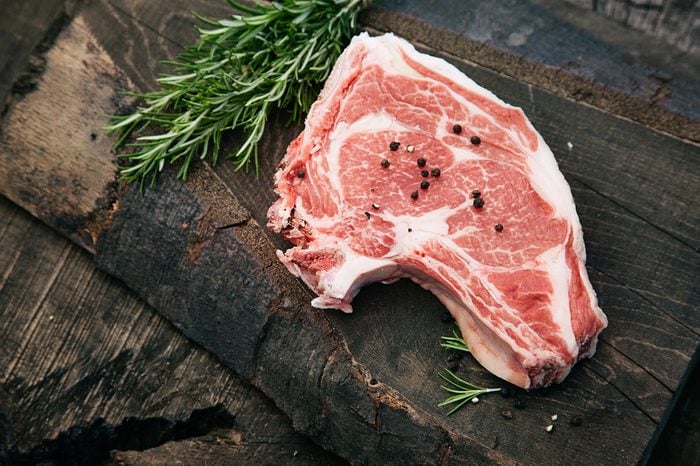
Extra salt might be lurking in your meat, even if you cook at home and are very careful
According to the USDA, about 60 percent of all raw meat and poultry products are injected with or soaked in a salty solution. The words “enhanced,” “marinated,” “basted,” or “improved” on the packaging can signal the presence of salt. To avoid it, opt for label wording such as “contains up to 4 percent retained water,” says Christy Brissette, RDN, president of 80 Twenty Nutrition. Here are some more surprising food facts that might just change the way you eat.
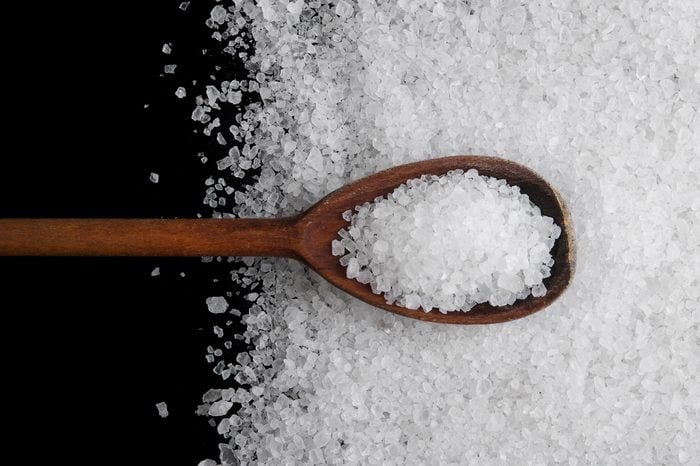
Sea salt isn’t healthier
Sea salt may sound healthier than table salt, but most sea salts contain roughly the same proportion of sodium—about 40 percent—as table salt. If you are looking for sodium-free flavoring, try garlic, pepper, oregano, sage, rosemary, and other spices or herbs.
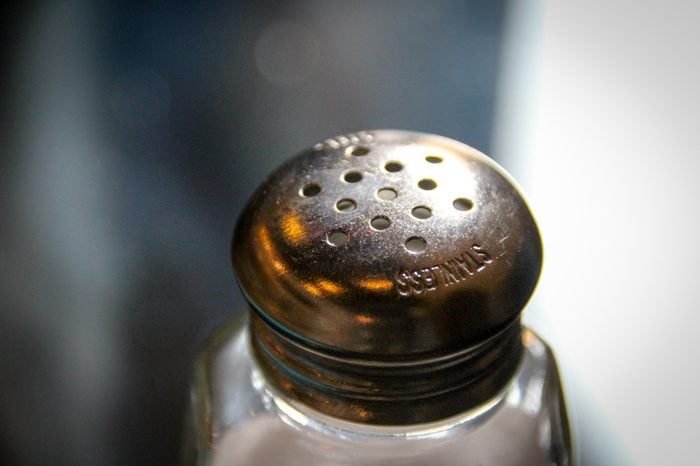
Always try to reduce your intake
Even if you don’t have hypertension, it’s still a good idea to cut down on your salt intake to reduce your blood pressure, according to a 2017 review of 185 studies.

It can cause headaches
For older folks especially, a heavy hand with the salt shaker may also hurt your head. A study of 975 people ages 60 to 80 with hypertension found that reducing sodium in their diets was associated with lower risk of headache. Be on the lookout for these other signs you’re eating too much sodium, too.
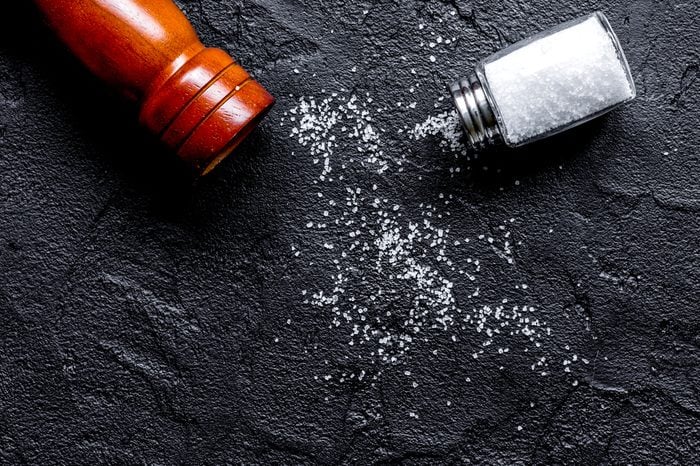
Still, we all need at least some salt
It facilitates the transport of nutrients and oxygen, allows nerves to transmit messages, and helps our muscles work. The average adult’s body contains about 250 grams of sodium—the equivalent of about three or four shakers of salt. Here are some more common myths about food and healthy eating that everyone thinks are true.
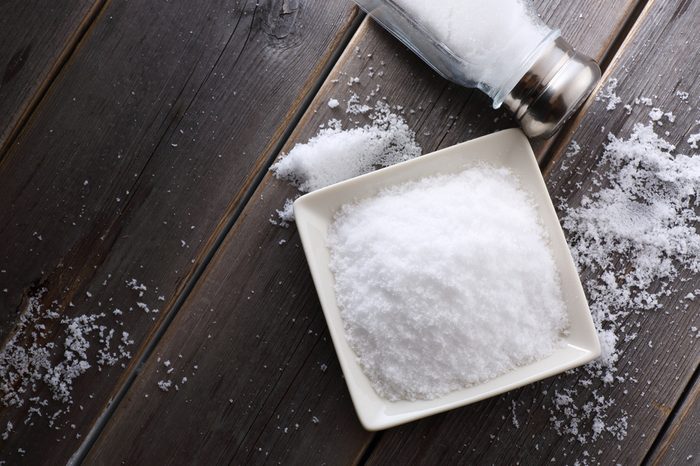
It treated goiter
In the 1920s, salt became a primary tool in the fight against goiter, a thyroid disorder caused by iodine deficiency. Iodized salt became common in American kitchens, and cases of goiter nearly disappeared. Today, only about 53 percent of table salt sold through retail is iodized.
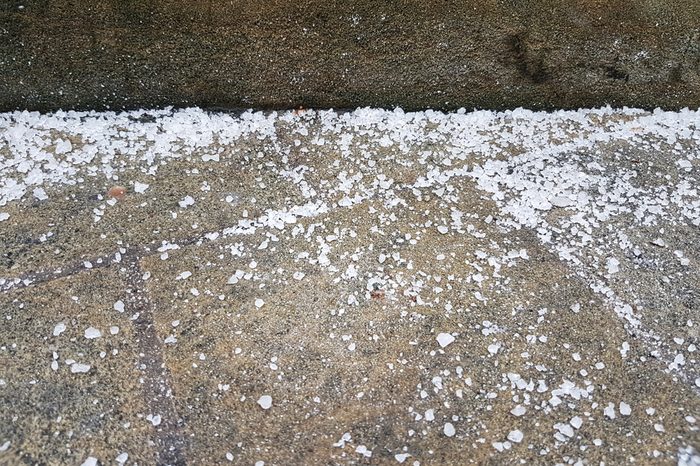
It’s used mostly on roads
After all those facts about salt in food, you might be surprised to know that the number one use of salt in the United States isn’t on food at all. In 2016, about 44 percent of salt went toward de-icing roads, according to the U.S. Geological Survey. Only 3 percent was used in agricultural and food processing. Next, learn even more facts about salt with these 24 ways salt is making you sick.
